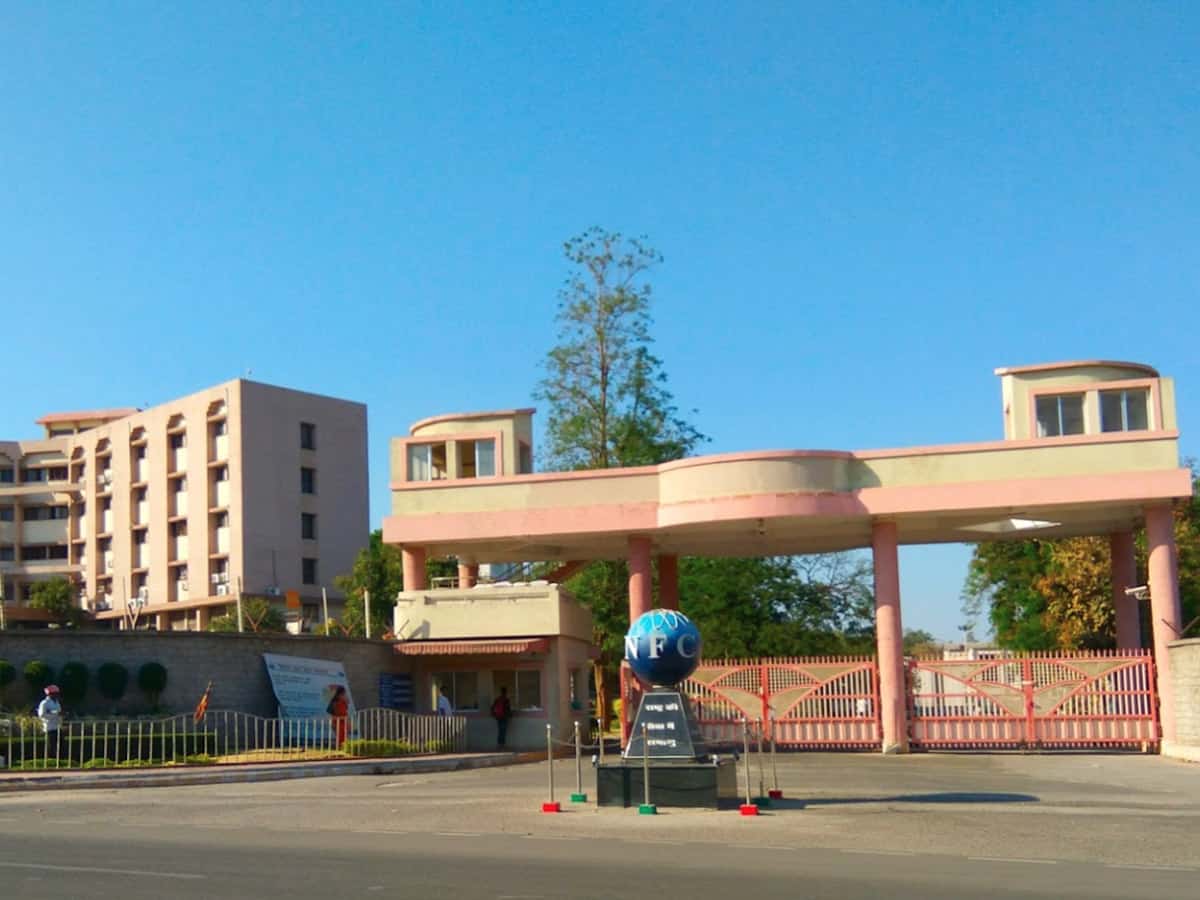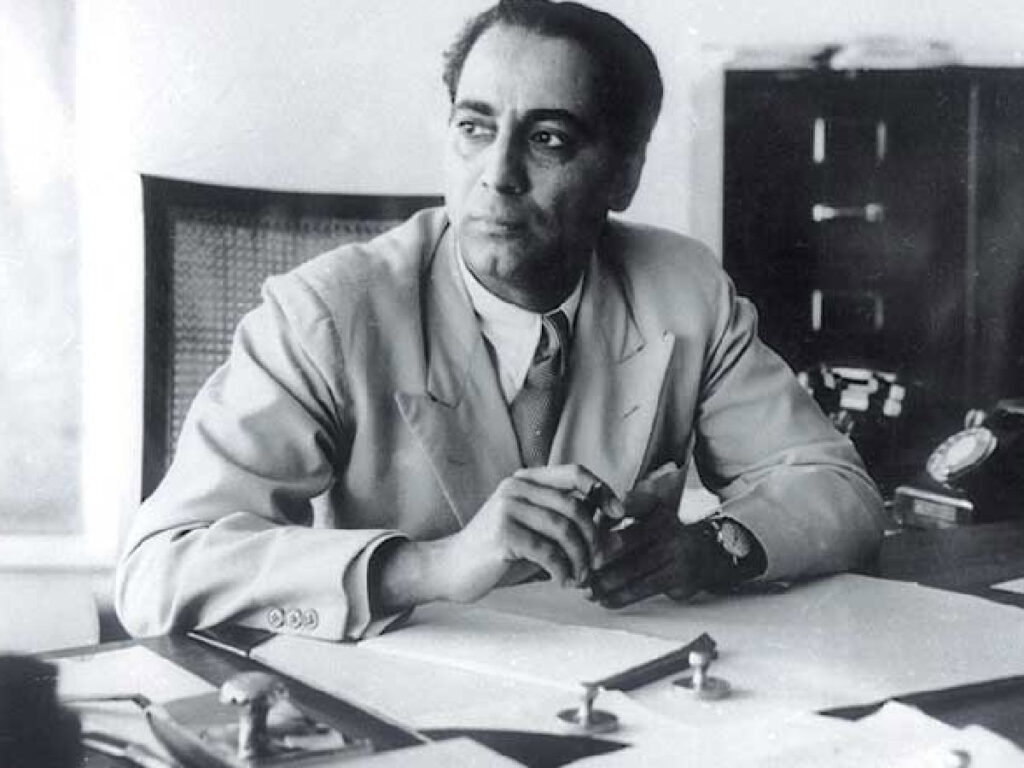
In the summer of 1983, two very wide bodied aircraft from France landed in the Begumpet Airport in Hyderabad. They carried low enriched uranium, which was required to keep the fuel starved, Tarapur Atomic Power Station, Trombay (TAPS) functioning.
The Nuclear Fuel Complex (NFC), situated about 15 km from the airport received it. The entire consignment, which required high security and precautions were transported through a dedicated railway line that was already existing connecting the Airport and the NFC. It was a highly secretive operation.
The enriched uranium or uranium hexaflouride was processed, turned into fuel bundles and supplied by NFC to the two units of TAPS, which was under the Department of Atomic Energy (DAE).
The French had helped ‘bail out’ India to augment its depleting uranium fuel supply, after the United States led, Nuclear Supply Group (NSG) of nations applied sanction on the supply of uranium following India’s nuclear tests in Pokhran in 1974.
The Tarapur Plant was built by the General Electric of US under an Indo-US collaborative agreement. The radioactive wastes generated at the plant too were covered by it. The plutonium extracted and reprocessed from the wastes would be useful in the making of atomic bombs.
The beginnings
Completing its Golden Jubilee year on June 8 at a function where the chief guest will be Dr Anil Kakodkar, the former Chairman of the Atomic Energy Commission the NFC was set up in Hyderabad in 1971-1972. It’s mandate was to fuel the country’s nuclear energy programme taken up by the Nuclear Power Corporation of India Ltd. Facilities to process the raw uranium, pack it into rods that could go safely into the nuclear reactor was the main mandate.
As per the vision of Dr Homi J Bhabha, the nuclear power programme was to be totally self reliant with demonstrable capabilities in the entire fuel cycle. The fuel requirements needed industrial operations. Since enough land was not available in Trombay, Bengaluru, Chennai and Hyderabad were considered by technical expert teams. Finally, Hyderabad was selected.

The Andhra Pradesh government allocated land to the DAE in 1968. The Dept in turn created the NFC Board under its Chairman, Dr Vikram Sarabhai. Incidentally, around the same time the Electronics Corporation of India Limited was taking shape in Hyderabad, under the visionary, Dr A S Rao.
To help complete the nuclear fuel cycle, the decision to set up facilities for production of heavy water and fuel reprocessing were also taken by the DAE. The Heavy Water plants came up in Kota, Rajasthan and Manuguru in united Andhra Pradesh.
The DAE sent Dr N Kondal Rao and team from the Bhabha Atomic Research Centre (BARC) in Mumbai to set up the facilities at the NFC from scratch. The towering personality of Rao, his strong technical skills and deep commitment helped lay the foundations for building the manufacturing plants and equipment needed to make and feed the fledgling nuclear power plants in the sprawling campus in Kushaiguda on the outskirts of Hyderabad.
In the decades that followed, the NFC has emerged as a unique organisation in the World to have a comprehensive manufacturing cycle from ore to core. It involves processing of both Uranium & Zirconium streams under one roof.
Set up with an initial capacity of producing 100 tonnes per annum, it has expanded to 1500 tonnes per annum in Hyderabad. In addition, NFC has been established in Kota with a capacity of 500 tpa, says Dr Dinesh Srivastava, the present Chairman & Chief Executive.
NFC is not only producing fuel for all the operating nuclear power reactors but also poised to meet requirements of the PHWRs (Pressurised Heavy Water Reactors) under construction and the fleet mode reactors proposed by the NPCIL.
NFC, Pollution Issues & Accidents
The reports of a fire accident in the Zirconium manufacturing unit a week ago, in which a couple of employees of the NFC were severely injured has once again raised safety issues and concerns.
The nuclear fuel cycle begins from the mining of uranium to use of the fuel in the reactor and finally managing the irradiated fuel. In the process wastes generated pose a formidable challenge.
As the Industrial Units at NFC handle radioactive material and also manufacturing, the issue of pollution is high. Reports of groundwater pollution due to the waste material was a constant issue with the neighbouring localities for years.
In the initial years the handling and treatment of radioactive wastes came in for criticism. They were stored in securely sealed drums and then transported to Jaduguda in Jharkhand (then Bihar) was the company version.
However, environmental activists alleged that adequate safeguards were not taken in handling the dangerous wastes. The blast incident in which a couple of workers died during the 1980s caused a huge furore.
Subsequently, the NFC established an effluent treatment and waste disposal and chemical waste treatment plants as per the norms of the Pollution Control Board during the tenure of K Balarama Murthy (1984-89). It also marked big investments and expansion of facilities.
The diversified manufacturing unit
The 1990s, saw the NFC establish expertise in several areas. With the technology denial regime from advanced nations and thrust on self reliance, the committed band of technical staff developed indigenous technology for a variety of critical material.
These included the world-class seamless tubes. The development of processes for manufacturing of seamless tubes in various advanced grades of Stainless Steels and Special alloys, Nickel base super alloys, Iron base super alloy, Titanium alloys were developed.
During that phase of consolidation, optimisation and raising efficiencies, a strong team led by K K Sinha, Chief Executive and including Kalidas, N Saibaba, M Narayana Rao, B Jayaraj etc. worked tirelessly with their teams to build strengths in each of these areas.
Another area was the development of managing steels which had several strategic applications in the Nuclear, Space and Defense establishments. The NFC and the Midhani, Hyderabad collaborated in the endeavour.
The growth phase
The major push for the nuclear power during the Atal Bihari Vajpayee led NDA-government during 1998-2004), gave a fillip to the NFC to. The Pokhran-II in May 1998 also brought in fresh sanctions and technology denials. Consequently, there was pressure on strengthening domestic capabilities.
The NPCIL took up clusters of setting up PHWRs, the expansion of 1000 MW units of the Russian type in Koodankulam and fast tracking the Fast Breeder Reactor. In addition the mining in Jaduguda and new locations and exploration were stepped up.
The Dr Manmohan Singh led UPA Govt. too continued the momentum and also signed the historic Indo-US Nuclear Deal in 2006 with the George W Bush Jr Administration. All this meant a drastic expansion and challenge for the NFC.
The NFC took up the processes of automation, mechanization and digitization in a big way. The company set targets, offered incentives for performance and raised production capacities year on year under the dynamic stewardship of Chinmay Ganguly. It resulted in 70% automation of its major process operations.
The automated facilities of nuclear fuel fabrication and component fabrication have surpassed the level of automations employed in foreign fuel manufacturing facilities, says an official release of the NFC on the eve of the golden jubilee celebrations on June 8.
During the last two decades, the establishment of the Zirconium Complex, a green field project at Pazhayakayal, Tuticorin, Tamil Nadu for augmenting Zirconium sponge production by 250 TPY in line with the requirements is a significant achievement.



